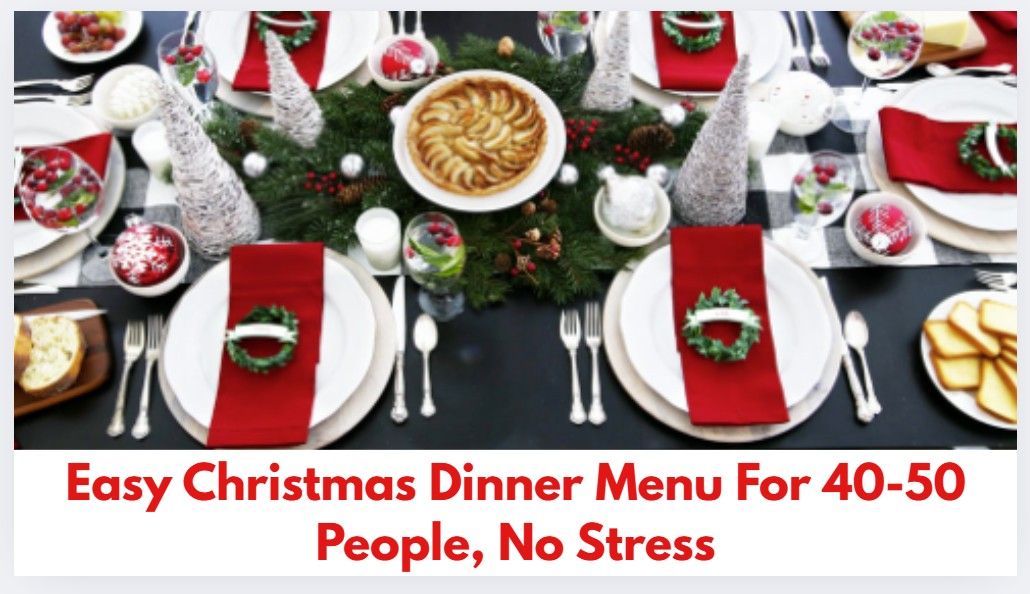During the Great Depression of the 1930s, life was tough. Jobs vanished. Money was scarce. People had to get creative, stretching every dollar. Their careful spending wasn’t a choice—it was a matter of survival.
The good part? Many habits they built back then still help people save money today. This list of 40 simple money-saving tips comes from their smart ideas and strong spirit. Use them to live smarter and spend less—no time machine needed.
Resourceful Strategies for Saving Money at Home
The families of the 1930s didn’t just pinch pennies—they found ways to stretch them well beyond their breaking point. If something had even a little bit of use left in it, they found a new purpose. These household strategies made saving money a daily routine.
Repurposing and Mending Everyday Items
When supply chains slow and cash is tight, waste is simply not an option. Here’s what Great Depression families did:
- Patch and repair clothes instead of buying new ones. Keep a sewing kit handy.
- Turn worn-out clothing into rags, quilts, or even new garments. Old shirts become kids’ play clothes or cleaning towels.
- Resole and mend shoes rather than tossing them out at the first sign of wear.
- Reuse glass jars and tin cans for storage, drinking glasses, lunch pails, or even planters.
- Save buttons, zippers, and fabric scraps from old clothes for DIY projects later.
- Repurpose feed sacks (the cloth bags dry goods came in) into dresses, aprons, or pillowcases.
- Fix broken tools and household items instead of buying replacements.
- Use newspaper for cleaning windows or wrapping gifts.
- Recycle old furniture—sand it, repaint it, give it new life.
- Reuse paper and envelopes for notes, lists, or scrap.
Many people see mending as old-fashioned, but it can save hundreds each year. My own grandmother kept entire jars of sorted buttons, “just in case.” Turns out, she was onto something.
Stretching and Substituting Ingredients in the Kitchen
Depression-era cooks became masters at turning scraps into supper. When groceries are precious, nothing goes to waste—and creativity becomes a must.
- Make soups and stews with leftover bones and veggies.
- Substitute cheaper ingredients—like using oats instead of meat in meatloaf.
- Cook with beans, lentils, and potatoes; they’re cheap, filling, and nutritious.
- Use every part of your produce—carrot tops, celery leaves, and potato peels.
- Save bacon grease for frying or seasoning vegetables.
- Plan meals around what’s already in the pantry to avoid waste.
- Turn stale bread into bread pudding, croutons, or stuffing.
- Bake “Depression cakes” without eggs or milk (look up the famous Wacky Cake).
- Make extra at dinner for lunch the next day instead of eating out.
- Can, pickle, or dry garden produce to enjoy all year.
- Cook one-pot meals which use less fuel and fewer ingredients.
- Eat oatmeal or porridge for breakfast—cheap, simple, and filling.
One classic Depression recipe: mock apple pie, made with Ritz crackers, cinnamon, and a bit of lemon juice. It sounds odd, but families swore by it.
Homemade Cleaning and Personal Care Solutions
Supermarkets weren’t lined with bottles of every cleaner imaginable. Instead, people mixed their own with what they had on hand.
- Scrub sinks and tubs with baking soda and vinegar.
- Use old rags instead of disposable paper towels.
- Grate leftover soap slivers and mix with water for laundry or dishwashing.
- Make simple shampoo using water and baking soda.
- Freshen laundry with a bit of lemon juice or vinegar.
- Wash hair with egg yolk or apple cider vinegar, if soap is scarce.
- Whiten clothes by drying them in the sun.
- Clean mirrors and windows with vinegar, water, and newspaper.
Personal care doesn’t need to break the bank—a tip I picked up after learning how much grandma loved her baking soda “everything” cleaner.
Making the Most of Utilities and Energy
Heating and electricity weren’t cheap, and neither is a sky-high bill now. Depression-era households knew exactly where savings could hide.
- Batch cook and use the oven for several dishes at once.
- Line-dry clothes outside or over radiators in winter.
- Turn off lights and unplug appliances when not in use.
- Layer up with sweaters and blankets instead of turning up the heat.
- Heat the bedroom with a hot water bottle or bricks warmed in the oven.
- Wash clothes less often; air them out in between.
- Keep doors shut in unused rooms to save heat.
- Use blackout curtains or quilts to block drafts.
- Collect rainwater for the garden or cleaning.
- Take shorter baths, or share bathwater within the family.
Some habits might seem extreme, but even small changes—like unplugging devices—add up over the long haul. And a sun-dried shirt still feels fresher than one from the dryer.
Community, Family, and Self-Sufficiency Tips
Surviving the Depression wasn’t just about individual thrift. Communities worked together, families shared what they had, and people found pride in their own skills. Here are ways to weave self-sufficiency and cooperation into daily life.
Victory Gardens and Home Food Production
Fresh produce was precious—and often homegrown. Backyard gardens, even in small spaces, meant reliable food.
- Plant a “victory garden” with vegetables and herbs suited to your climate.
- Start a compost pile using kitchen scraps to enrich the soil.
- Collect seeds from produce to replant next season.
- Can or pickle surplus vegetables for winter.
- Raise chickens for eggs and meat—even a couple hens can make a difference.
- Keep rabbits or goats, if local rules allow.
- Grow fruit trees or berry bushes, which pay off for decades.
- Harvest wild edibles like dandelion greens or berries (with care and proper ID).
- Dry herbs and store them in reused jars.
- Trade extra produce with neighbors for variety and goodwill.
Even a windowsill garden adds a sense of security—plus you get tomatoes that don’t taste like cardboard.
Bartering, Sharing, and Community Cooperation
When cash runs out, trade steps in. Depression communities survived by pooling what they had.
- Barter goods or skills—eggs for firewood, sewing for fresh bread.
- Join or start a neighborhood tool library instead of buying every gadget yourself.
- Organize food swaps using extra garden harvest.
- Share childcare with trusted families to save on babysitting costs.
- Cook and share meals with others, potluck style, to stretch what you have.
- Set up a community canning day for preserving food together.
- Pool rides to work, school, or the store.
- Loan out books, toys, or games for no-cost entertainment.
- Help out during illness or hard times—expect help in return.
- Fix and share bicycles or wagons for local errands.
- Start a “free” table for unneeded items in a common space.
- Host clothing swaps for kids and adults.
My own neighborhood has a free online group—it feels good to give away items I’m done with and pick up something useful.
Homemade and Handcrafted Entertainment
Depression families made fun without spending. Laughter didn’t require new electronics—just a little imagination.
- Play board games, cards, or charades together.
- Read books aloud as a family, trading off pages or characters.
- Make your own toys from scraps—think sock puppets, stick horses, or marbles.
- Put on home concerts or talent shows, using homemade instruments.
- Join community picnics, dances, or storytelling nights.
- Hike, fish, or picnic in free public spaces.
- Gather for group singalongs, no instruments needed.
- Write and share letters with distant friends.
Entertainment doesn’t have to cost a fortune. Some of my best childhood memories come from family game nights with nothing but a deck of cards and a lot of laughter.
Learning and Passing Down Essential Skills
Frugal living isn’t just about what you save, but what you can do for yourself—and teach your loved ones.
- Learn to sew, mend, and knit basic clothes and blankets.
- Practice basic carpentry for small home repairs.
- Preserve foods by canning, pickling, or drying.
- Teach kids how to cook, grow, and fix things from an early age.
- Read up on wild plants and gardening techniques.
- Encourage older relatives to share their skills and stories.
- Use library resources to learn new cost-saving hobbies.
- Take advantage of free classes or community workshops.
- Document family recipes and keep a shared notebook.
- Work together on big chores—many hands make light work.
Simple skills passed down become a family’s safety net. I learned to hem pants from my mom, who picked up the trick from his mother—living proof these lessons last.
Habits from the Great Depression
The frugal habits born during the Great Depression still pack a punch today. Whether you’re saving for a rainy day, fighting inflation, or just want to waste less, these tips offer tested ways to stretch every dollar and foster real independence.
Try weaving a few into your week. Patch a shirt, swap a bar of soap for a homemade cleaner, or start a backyard garden. Even small steps can build a foundation of savings and give you more peace of mind. Sometimes, the simplest tricks from the past offer the most practical solutions for the future. If you’ve got a favorite Depression-era tip—or a story from your own family—share it in the comments. Old wisdom is too good to keep to ourselves.













